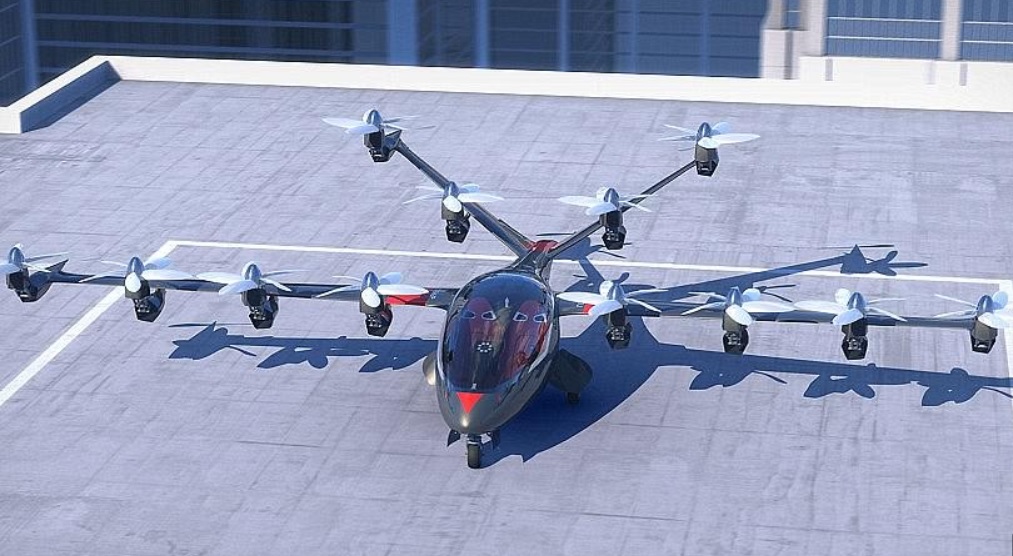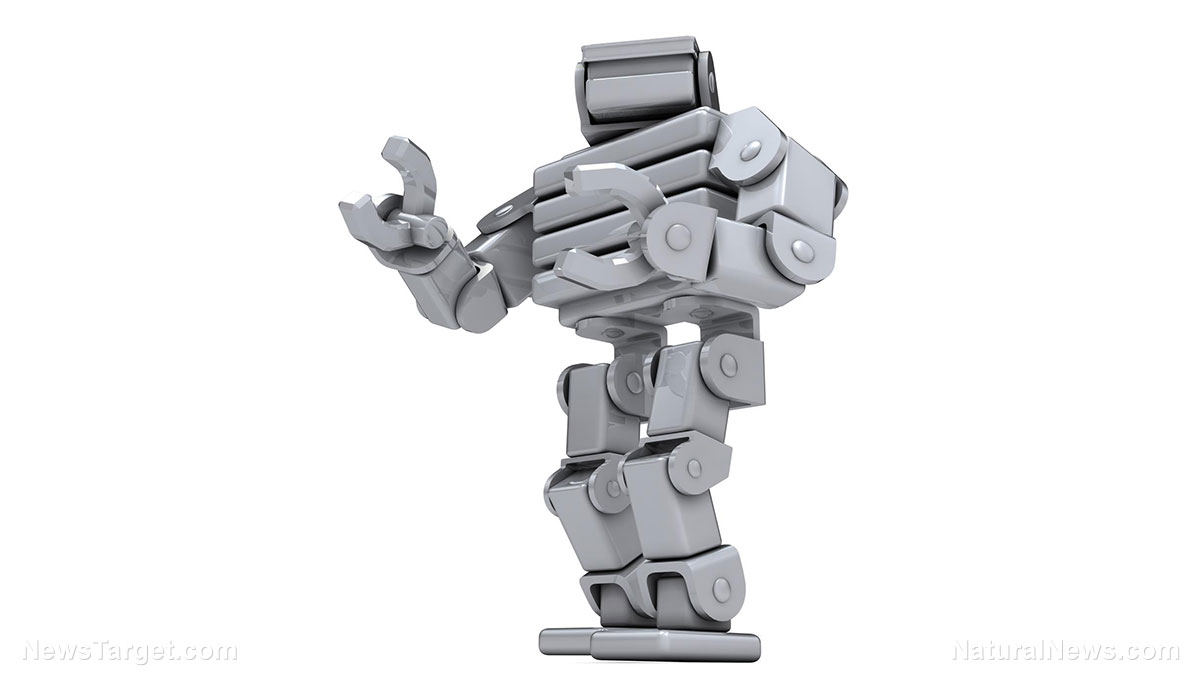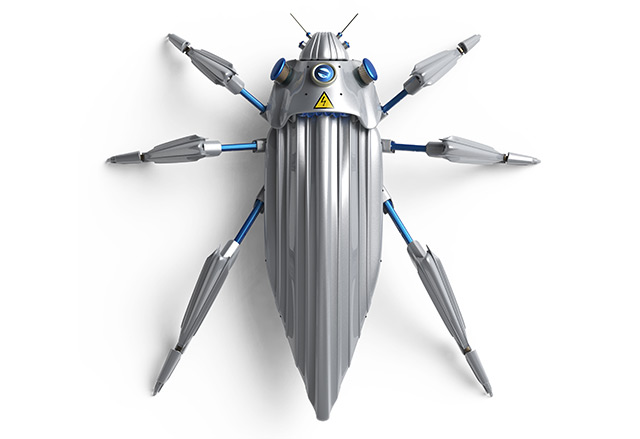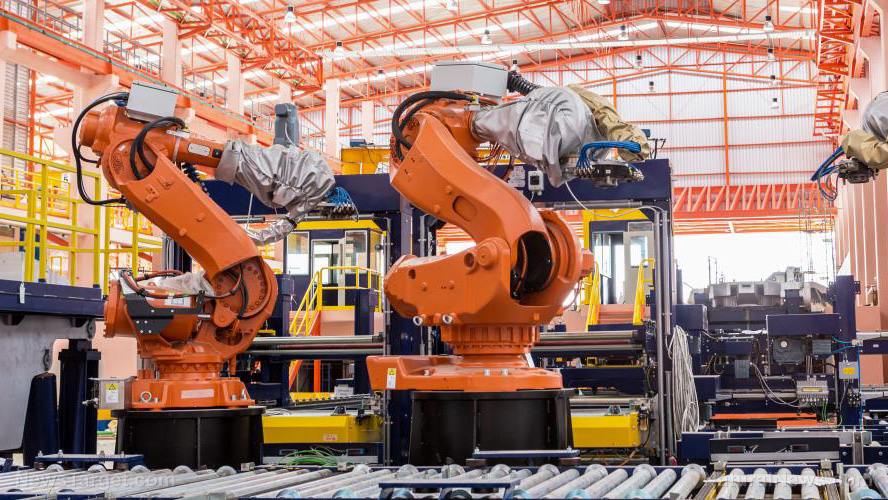The human brain consists of a tapestry of neurons that simulate an internal model of the external world. With this mental picture, we are able to navigate through life’s terrain. Now, a robot has been given a similar cluster of virtual cells to help it move and respond to its environment.
Researchers in Singapore simulated two types of cells, place and grid cells, which are used for navigation by the brain. Rather than simulate the cells physically, the researchers created a two dimensional model of the neurons with software. The two dimensional neurons enabled a small, two wheeled robot to stroll through some open office space.(1)
“Artificial grid cells could provide an adaptive and robust mapping and navigation system, said Haizhou Li, a professor at the Agency for Science, Technology and Research, who led the study study. “Humans and animals have an instinctual ability to navigate freely and deliberately in an environment rather effortlessly.”(1)
One small step for man, one giant leap for A.I.
The work is important because it illustrates how machines may be able to mirror more complex brain activity. A.I. enthusiasts are using more artificial neural networks to help robots perform various tasks, such as image recognition and grasping objects. Nevertheless, these artificial neural networks are not a true reflection of the brain’s complexity.
“Neural networks are actually very loosely inspired by the brain,” says Oren Etziono, CEO of the Allen Institute for Artificial Intelligence in Seattle. “They are distributed computing elements, but they’re very simple as compared with neurons; the connections are extremely simple as compared with a synapse.” He says this new development that takes inspiration from the brain “seems like good work.”(1)
Place cells and grid cells are involved in creating a spatial map in the brain. Place cells are related to memory function; whereas grid cells enable the brain to recall navigational cues. The combination of these two cells gives animals an innate sense of the world and their place within it. The discovery of place and grid cells was awarded the Nobel Prize in Medicine in 2014.(1)
The Singaporean researchers tested the robot by letting it freely roam a 35-square-meter office space. As the robot explored the office space, the researchers verified that its place and grid cells functioned in a similar way biological place and grid cells function.(1)
The researchers say they still need a better understanding of how neurons work in order to build a navigation system that is better than a conventional navigation system. Nevertheless, they believe this technology is a stepping stone towards superseding conventional navigation systems, which tend to become confused whenever the external environment changes. This is in part why GPS systems must be updated every five years or so.
The Humpty Dumpty dilemma
Nueroscientists are trying to solve what is know as the Humpty Dumpty dilemma: they know how to break the brain a part but have know idea how to put it back together again. In other words, scientists don’t understand why a specific assembly of neurons should give rise to one sensation but not some other sensation. The team of scientists hope that their research may shed light on how certain regions of the brain function.
“This will provide a solution to predict neural activities using mobile robots before conducting experiments on rats,” the researchers write.(1)
The engineers have yet to crack the Humpty Dumpty dilemma. Before researchers can properly simulate a place cell and grid cell, they first need to understand how a place cell and gird cell function. While the robot was able to navigate through the office space, when it comes to understanding how neurons function, scientists are still fumbling in the dark.
Sources include:
Mashable.com





















